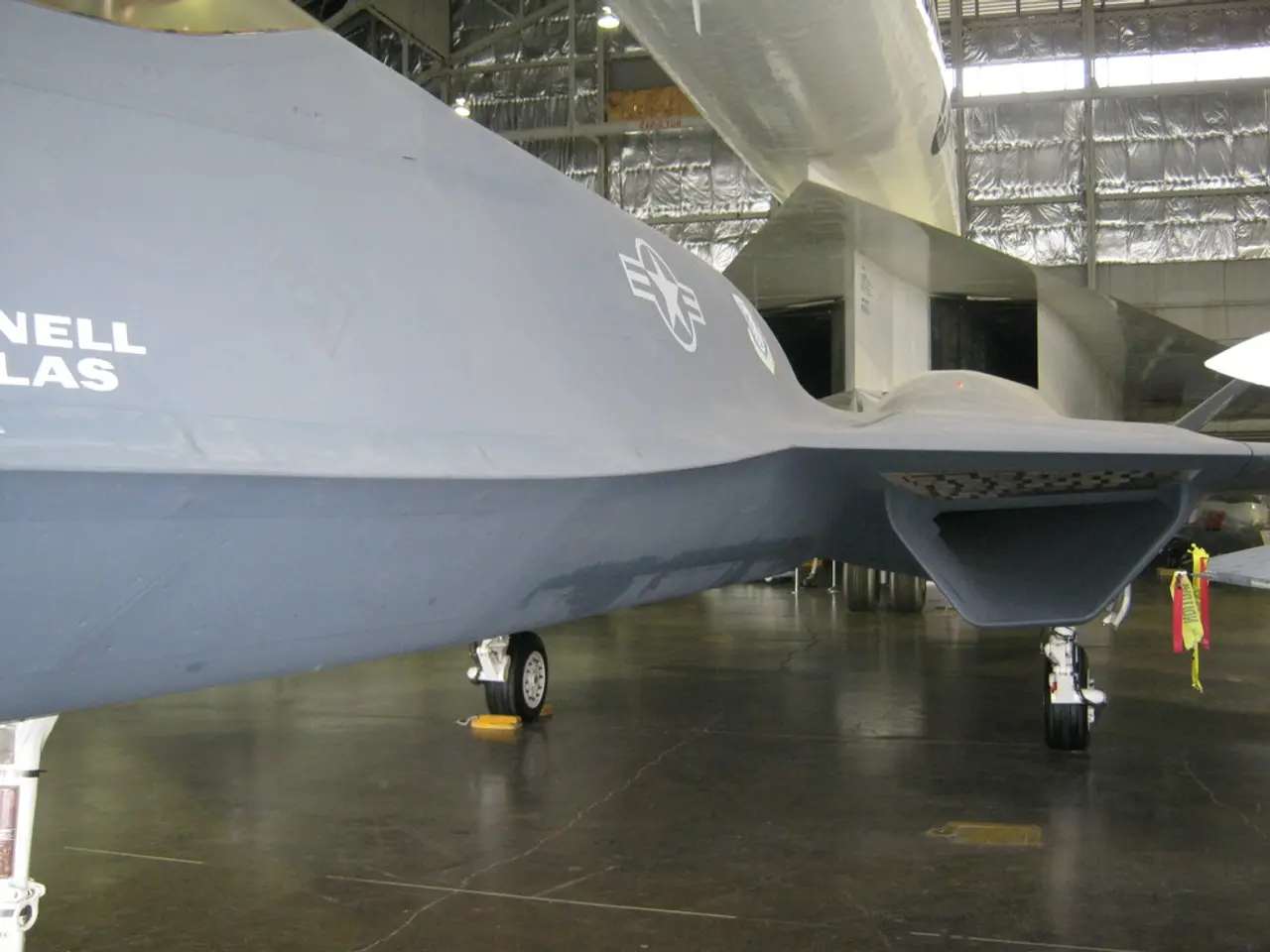EASA Mandates More Frequent Inspections for ATR Aircraft De-icing Systems After Fatal Crash
The European Aviation Safety Agency (EASA) has issued an airworthiness directive, mandating more frequent inspections of de-icing system components for ATR aircraft operators. This move follows the fatal crash of Voepass flight 2283 in Brazil last August, where icing is suspected to have played a significant role.
On August 9, 2024, an ATR 72-500 operated by Voepass Linhas Aéreas crashed near Guarulhos Airport in São Paulo, killing all 62 passengers on board. The crew reported 'a lot of ice' on the aircraft before it suddenly stalled and crashed. The aircraft's de-icing system was activated during the approach, but undetected defects in such systems can lead to loss of control, particularly under icing conditions.
Investigations by the Brazilian aviation accident investigation agency CENIPA are ongoing. While there's no direct link established between the crash and a specific airline request for more frequent inspections, EASA's directive reflects a proactive approach to enhance safety measures for ATR aircraft operators.
EASA's airworthiness directive underscores the importance of regular and thorough inspections of de-icing systems to ensure air safety. As investigations into the Voepass crash continue, operators of ATR aircraft worldwide are advised to comply with the new inspection requirements.
Read also:
- chaos unveiled on Clowning Street: week 63's antics from 'Two-Tier Keir' and his chaotic Labour Circus
- Budget discrepancy jeopardizes highway projects' financial support
- Racing ahead in Renewable Energy Dominance: Changzhou, Jiangsu Pushes for Worldwide Renewable Energy Ascendancy
- Four Arrested in Quebec for Sonic Cash 500 Cybercrime Spree







